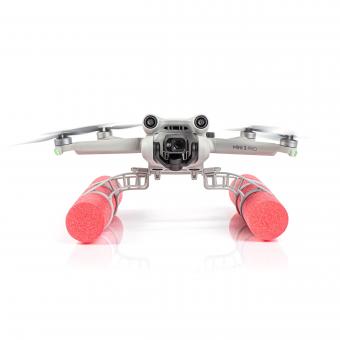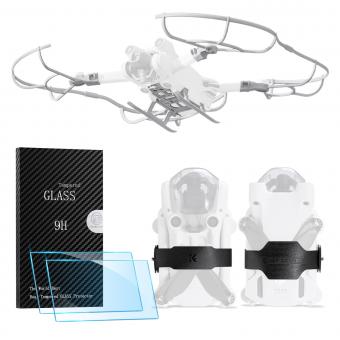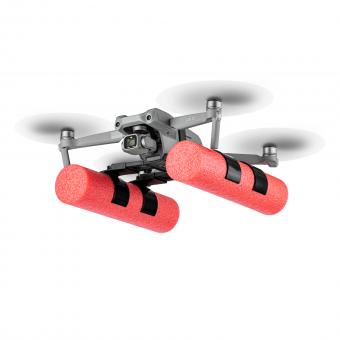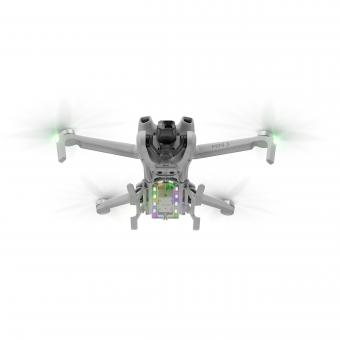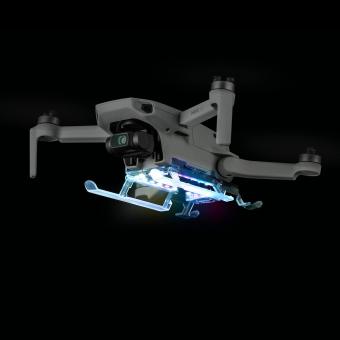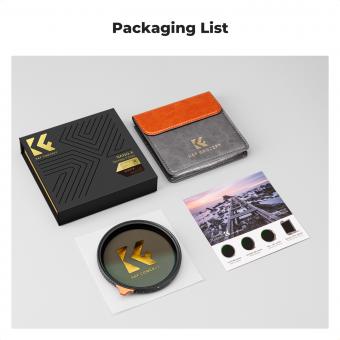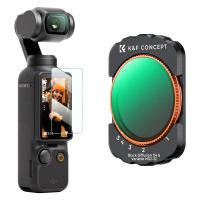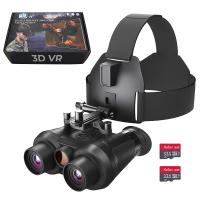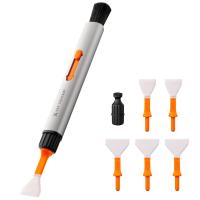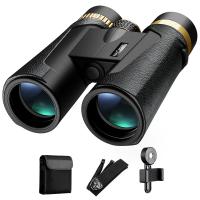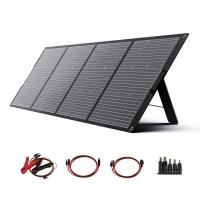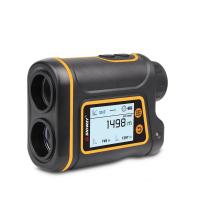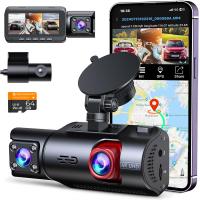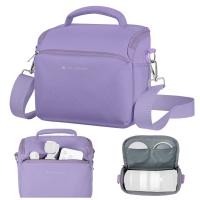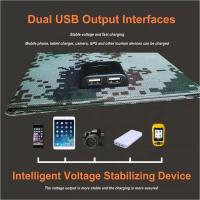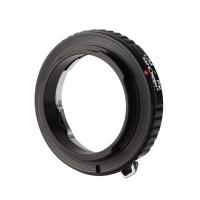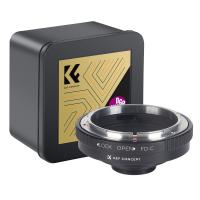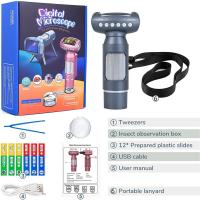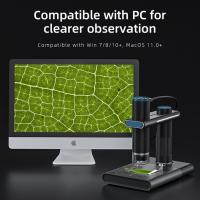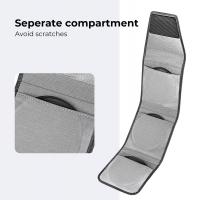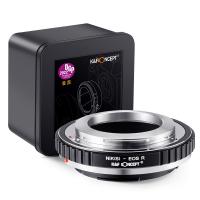How To Carry Camera Gear While Backpacking ?
When backpacking, it is important to carry camera gear in a way that is secure and easily accessible. One option is to use a camera backpack specifically designed for outdoor activities. These backpacks often have padded compartments and dividers to protect the gear and keep it organized. Another option is to use a camera insert or padded camera cube that can be placed inside a regular backpack. This provides extra protection for the gear while still allowing for flexibility in packing other items. Additionally, it is recommended to use a camera strap or harness to keep the camera easily accessible while hiking. It is also important to consider the weight of the gear and distribute it evenly in the backpack to maintain balance and comfort while on the trail.
1、 Camera Protection: Choosing the right camera bag or case
Camera Protection: Choosing the right camera bag or case
When it comes to backpacking, carrying camera gear can be a challenge. You want to ensure that your equipment is protected from the elements and any potential damage while still being easily accessible. Choosing the right camera bag or case is crucial in achieving this balance.
One option is to use a dedicated camera backpack. These backpacks are designed specifically for photographers and come with padded compartments and dividers to keep your gear safe and organized. Look for a backpack that is made from durable and water-resistant materials to protect your equipment from rain, dust, and accidental bumps. Additionally, consider a backpack with a waist strap or chest harness to distribute the weight evenly and reduce strain on your back.
Another option is to use a camera insert or padded camera cube. These can be placed inside a regular backpack, providing the necessary protection for your camera gear. This option is more versatile as you can use any backpack you already own, but it may not offer the same level of protection as a dedicated camera backpack.
In recent years, there has been a rise in camera sling bags. These bags are worn diagonally across the body, allowing quick access to your camera without having to take off the bag. They often come with customizable dividers and padding to protect your gear. However, they may not be as comfortable for long hikes or heavy loads.
Regardless of the type of bag or case you choose, it is essential to consider additional protection measures. Invest in a good quality camera rain cover to shield your gear from unexpected downpours. Also, consider using lens filters to protect your lenses from scratches and UV damage.
In conclusion, when backpacking with camera gear, it is crucial to choose the right camera bag or case to ensure the protection of your equipment. Consider factors such as durability, water resistance, comfort, and accessibility. Stay up to date with the latest advancements in camera bag technology to make an informed decision and keep your gear safe while capturing those unforgettable moments on your backpacking adventures.
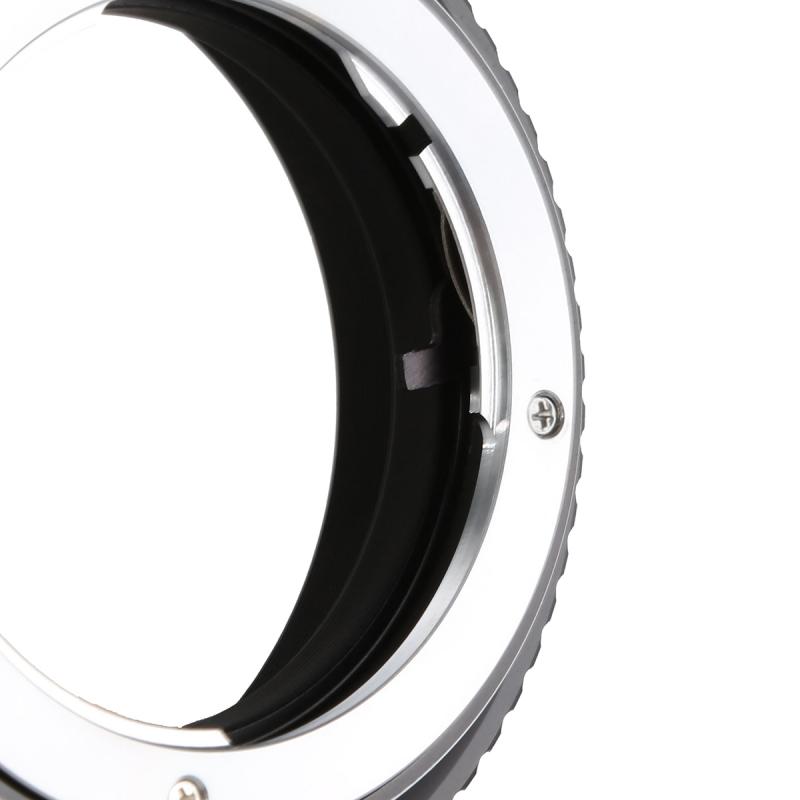
2、 Weight Distribution: Utilizing a backpack with proper weight distribution
How to carry camera gear while backpacking: Weight Distribution: Utilizing a backpack with proper weight distribution
When it comes to backpacking, carrying camera gear can be a challenge. Not only do you have to consider the weight of your camera body and lenses, but also the additional accessories such as batteries, memory cards, and tripods. To ensure a comfortable and safe backpacking experience, it is crucial to focus on weight distribution and utilize a backpack that is designed to handle the load.
One of the most important factors to consider is the placement of the camera gear within the backpack. Distributing the weight evenly throughout the pack can help prevent strain on your back and shoulders. Placing heavier items closer to your back and towards the bottom of the pack can help maintain balance and stability. This will also prevent the gear from shifting around while you are on the move.
Investing in a backpack specifically designed for camera gear can make a significant difference. These backpacks often come with padded compartments and dividers that allow you to organize and protect your equipment. Look for a backpack that has adjustable straps and a waist belt to help distribute the weight evenly across your body. This will help alleviate pressure on your shoulders and provide better stability while hiking.
Additionally, consider the size and weight of your camera gear. If possible, opt for lightweight camera bodies and lenses to reduce the overall load. Consider renting or borrowing equipment for specific trips to avoid carrying unnecessary weight.
Lastly, always be mindful of the weather conditions and terrain you will be encountering. If you anticipate rain or rough terrain, invest in a backpack with a rain cover or waterproof material to protect your gear.
In conclusion, when backpacking with camera gear, weight distribution is key. Utilizing a backpack with proper weight distribution, padded compartments, and adjustable straps will help ensure a comfortable and safe journey. Additionally, considering the size and weight of your gear and being mindful of the weather conditions will further enhance your backpacking experience.
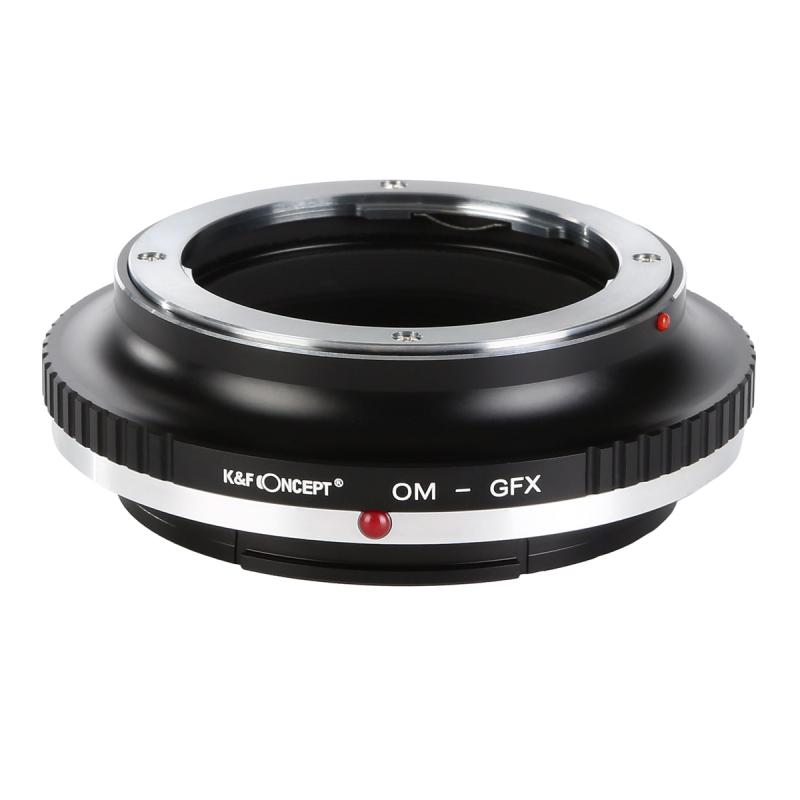
3、 Accessibility: Organizing camera gear for easy access on the go
Accessibility: Organizing camera gear for easy access on the go
When it comes to backpacking, carrying camera gear can be a challenge. However, with the right organization and planning, you can ensure easy access to your equipment while on the move. Here are some tips to help you carry your camera gear efficiently:
1. Choose the right backpack: Look for a backpack that has dedicated compartments or dividers specifically designed for camera gear. This will help keep your equipment safe and organized.
2. Utilize padded inserts: Invest in padded inserts or dividers to protect your camera and lenses from any potential damage. These inserts can be customized to fit your gear and can easily be rearranged to accommodate different equipment.
3. Prioritize essential gear: Determine which camera gear is essential for your trip and pack accordingly. Carrying only the necessary equipment will help reduce weight and make it easier to access what you need quickly.
4. Use quick-access pockets: Look for a backpack that has quick-access pockets or compartments on the outside. These pockets are perfect for storing smaller items like memory cards, batteries, or lens filters that you may need to grab quickly.
5. Consider a camera clip or strap: If you want even quicker access to your camera, consider using a camera clip or strap that attaches to your backpack strap or belt. This allows you to have your camera easily accessible at all times without having to dig through your bag.
6. Distribute weight evenly: When packing your camera gear, distribute the weight evenly throughout your backpack. This will help maintain balance and prevent strain on your back and shoulders.
7. Protect against the elements: Invest in a rain cover or waterproof bag to protect your camera gear from rain, snow, or dust. This will ensure that your equipment stays safe and functional even in challenging weather conditions.
In conclusion, organizing your camera gear for easy access while backpacking is crucial. By choosing the right backpack, utilizing padded inserts, prioritizing essential gear, using quick-access pockets, considering camera clips or straps, distributing weight evenly, and protecting against the elements, you can ensure that your camera gear is easily accessible and well-protected during your backpacking adventures.
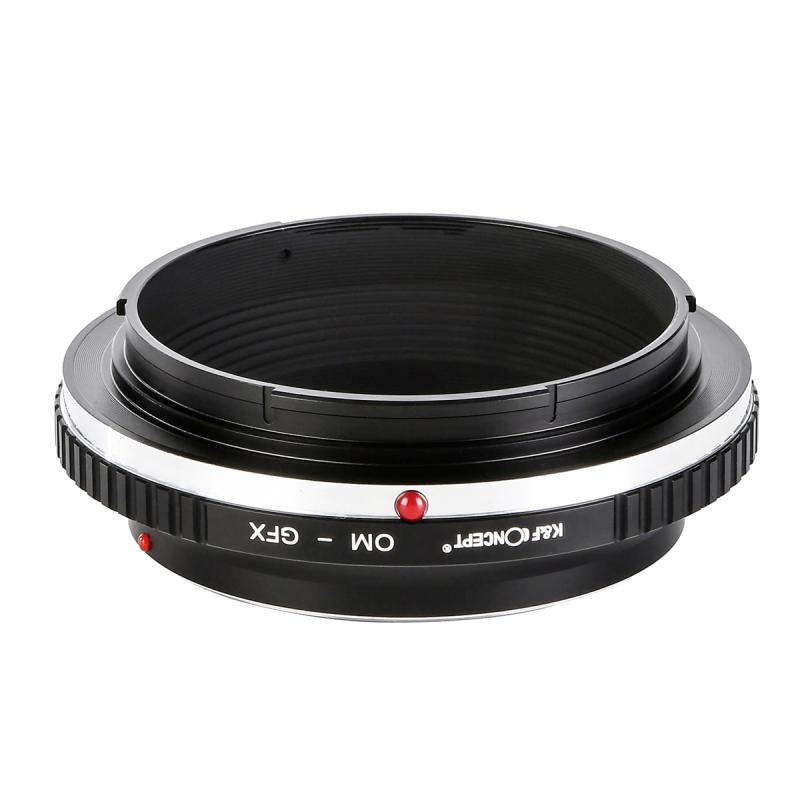
4、 Security: Safeguarding camera gear from theft or damage
Security: Safeguarding camera gear from theft or damage
When backpacking, it is essential to protect your camera gear from theft or damage. Here are some tips on how to ensure the security of your equipment while on the go.
1. Invest in a reliable camera bag: Choose a backpack specifically designed for camera gear. Look for features like padded compartments, customizable dividers, and a lockable zipper to keep your equipment safe and organized.
2. Use a lock: Consider using a small padlock to secure the zippers of your camera bag. This can deter opportunistic thieves and provide an extra layer of protection.
3. Keep your gear with you: Avoid leaving your camera gear unattended, especially in public places. When taking breaks or sleeping in hostels, keep your equipment close by or use a locker if available.
4. Be discreet: While it's tempting to show off your expensive camera gear, it's best to be discreet to avoid attracting unwanted attention. Consider using a plain camera bag instead of one with prominent branding.
5. Insure your equipment: Accidents can happen, so it's wise to have insurance coverage for your camera gear. Check with your insurance provider to see if your equipment is covered under your existing policy or if you need to purchase additional coverage.
6. Backup your files: Regularly back up your photos and videos to a separate storage device or cloud service. This way, even if your camera is stolen or damaged, you won't lose your precious memories.
7. Stay vigilant: Be aware of your surroundings and trust your instincts. If you feel uncomfortable or notice any suspicious activity, move to a safer location or seek assistance from local authorities.
In conclusion, protecting your camera gear while backpacking is crucial. By following these security measures, you can minimize the risk of theft or damage and enjoy your photography adventures with peace of mind.
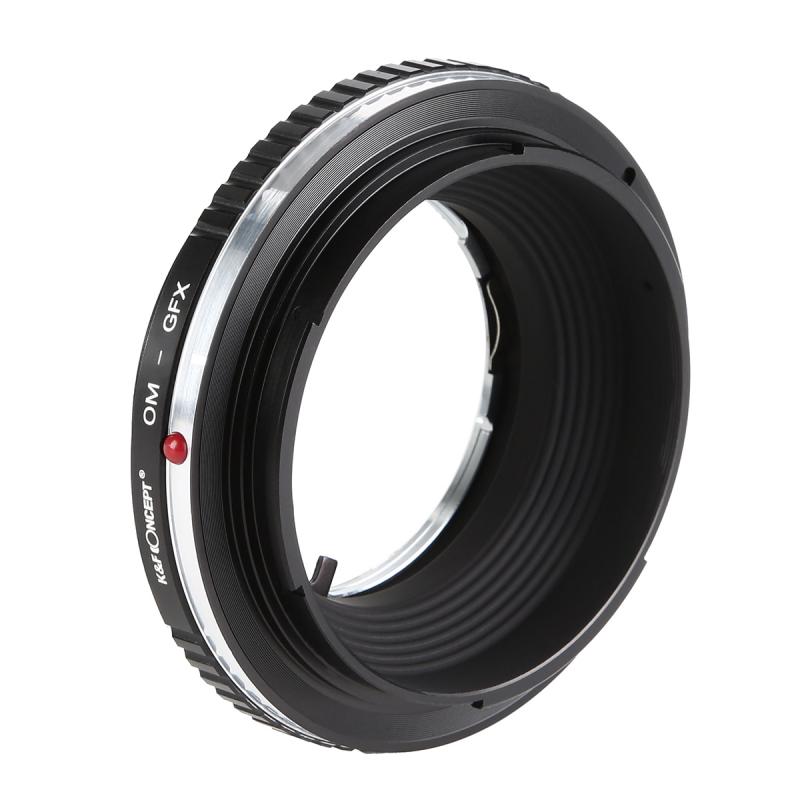


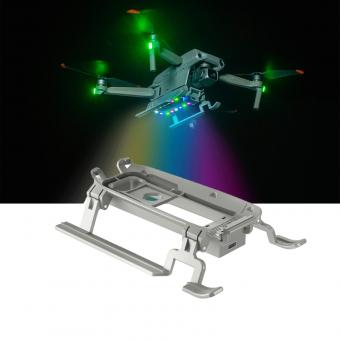
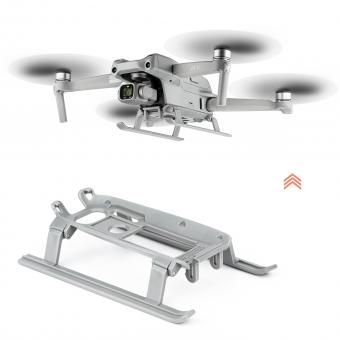

(1)-340x340.jpg)
